User Experience Design (UCD)
Including user demand analysis, ergonomics (machine system maintenance), experience design (assist mechanism design).
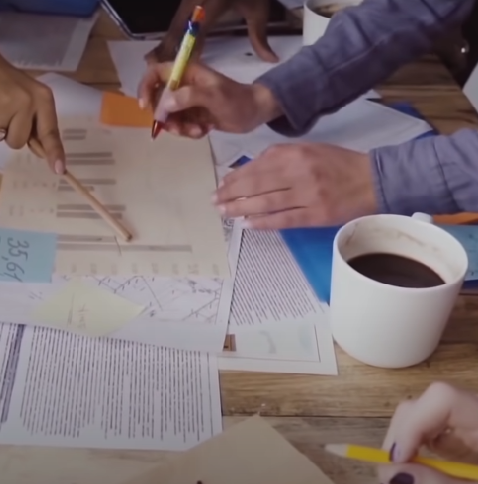
By driving product innovation with user experience design, we can find out the potential demand for innovation and sales points from users' actual use behavior, so as to turn creativity into a must-hit product innovation solution, verify the best solution in the experience, so that users can experience the design to create a unique product experience, and help customers realize the core competitiveness of products. The user experience design of OREA includes three aspects: one is from the visual experience, feeling the color, form, content, environment and other elements, forming the first cognition of the product; The second is the operation experience, through the actual operation, experience weight, power, touch, process, sound and other feelings, good operation experience brings pleasure to people, is the main basis for users to give real evaluation of the product; Third, psychological experience, users experience the whole process of product operation safety, comfortable, calm, shock and other psychological feelings. When the three aspects are added together, users can make a comprehensive judgment on the product and form the final brand image cognition of the product or service.
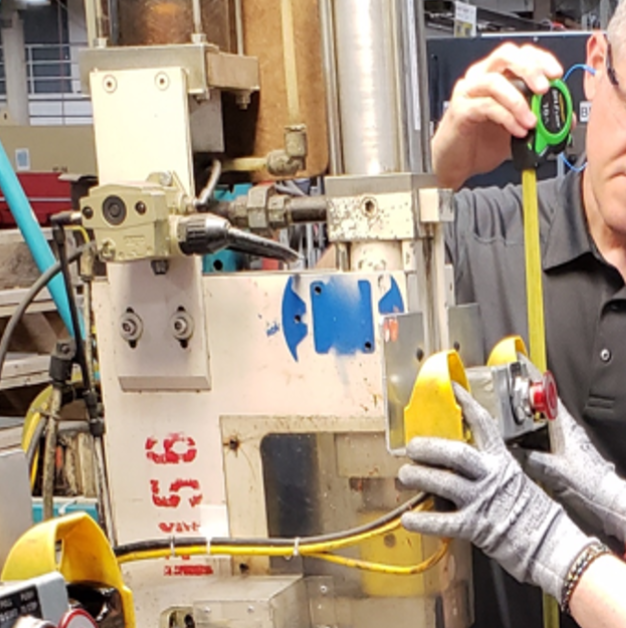
Our research focuses on the ergonomic design of complex systems, including the following aspects. 1, work accidents, health and safety: accident and safety, accident investigation, transformation, health and safety, health ergonomics, risk analysis, work pressure, etc.; 2. Human working behavior anatomy and anthropometry: Anatomy, anthropometry, error research, etc.; 3. Cognitive ergonomics and complex tasks; 4. Man-machine interface design and evaluation; 5, manual operation load; 6, user requirements and user guidance and other aspects.
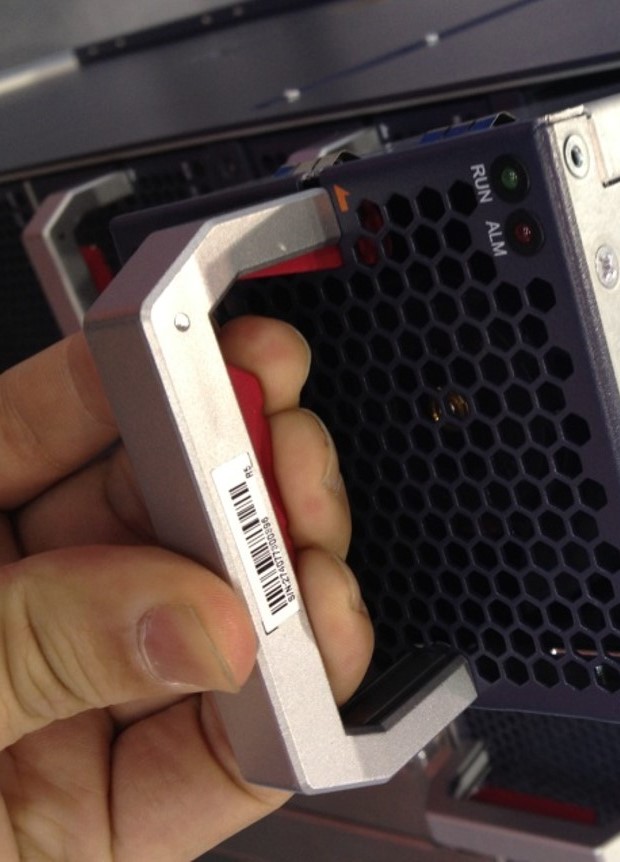
The "human factor" must be considered as a primary condition in both design and manufacture. As the structure and function of products become more and more complex, the requirement of improving the efficiency of operation and ease of use becomes one of the tasks of design. The tool free disassembly design can greatly simplify the maintenance and upgrade of the server, which has been recognized by the majority of users. Most of the products designed by OREA for customers adopt this design. The humanized design of professional equipment also includes clear operation instructions, according to the diagram to disassemble, on the back of the server cover, or on the parts of the design of a very graphic diagram to guide the user to disassemble.
Product Brand Image Design
Including morphological feature design, functional semantic design, product image trend analysis.

The formation of product characteristics comes from two aspects. One is to study and refine the internal attributes of products and corporate culture, which is the unique image symbol of enterprises, and has the representativeness and inheritance. Second, it comes from design aesthetics. The specific function, environment and population of the product determine the external form of the product, and its dominant idea is the user-centered design concept.
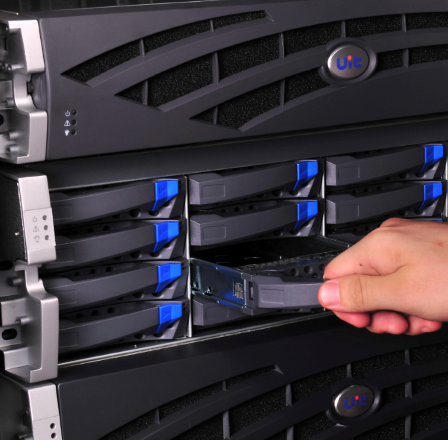
Product functional semantics is a kind of concrete manifestation of user cognitive mode on product. The functional semantic design of OREA mainly solves the barrier-free interaction between people and products, and solves the user's research on the legibility, comprehensibility and usability of the form presented by products. Product semantic research includes traditional modeling semantic design and interactive interface design, as well as guidance research of the whole process of product use.
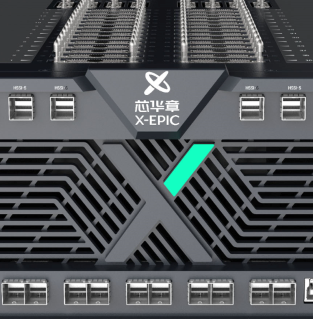
Only on the appearance of the product design, simple design style has become a unified choice of domestic and foreign enterprises. Simplicity has a sense of The Times, is the essence of the pursuit of beauty, but it is only a style, not content, blind pursuit of the form will bring the design of the same and lack of professionalism. OREA's industrial design follows the "less is more" design philosophy, carefully choosing structural elements rather than relying on decoration, embellishment and stacking. As much as possible to give up the non-functional modeling elements, so that the form is subordinate to the function, the maximum degree of integration.
User Interface Design (UI)
The three principles of user interface design are: put the interface under the user's control; Reduce the user's memory burden; Maintain interface consistency.
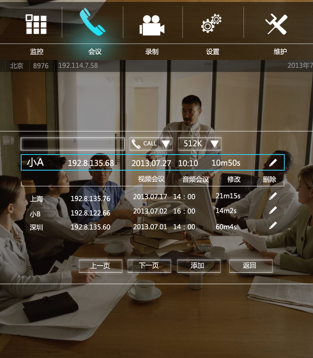
The "human factor" must be considered as a primary condition in both design and manufacture. As the structure and function of products become more and more complex, the requirement of improving the efficiency of operation and ease of use becomes one of the tasks of design. The tool free design simplifies server maintenance and upgrading, which has been well received by many users and is used in most of OREA's products designed for customers. The humanized design of professional equipment also includes clear operation instructions, according to the diagram to disassemble, on the back of the server cover, or on the parts of the design of a very graphic diagram to guide the user to disassemble.
Other cases -- Design of operation interface of advanced shipborne equipment system of a Navy ship; Design of operation and command interface of an aerospace UAV.
Integrated Innovative Application
Including new materials and new process application, basic technology application.

Materials guide form, and the best design doesn't split form from material. The high load-load-deadweight ratio of XT-RACK's new generation of server racks is one of the key advantages. Thanks to the light alloy material (zinc-aluminum alloy) used in the overall rack design, the enclosed profile columns are stronger than ordinary sheet metal bending structures and weigh only half as much as sheet metal cabinets. The upper and lower frames of the XT-RACK Rack are molded using an integrated casting process, allowing the overall appearance to be detailed in a way that traditional sheet metal structures cannot.
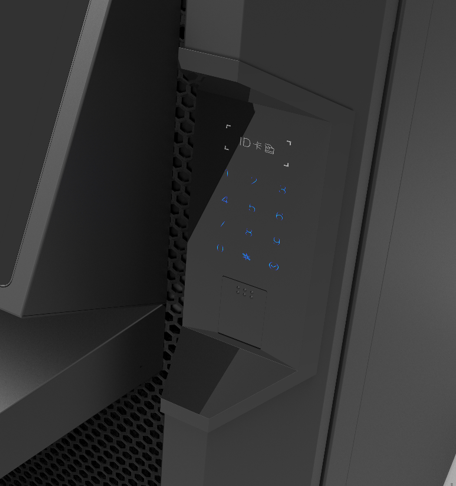
The integrated application of basic technology determines the impact of design. Basic technology should be the material that designers use for their creative ideas. It can fundamentally break through the thinking limitation of designers simply on "shape", expand the scope of control by design, and produce completely different effects. OREA integrates sensor technology, touch screen technology and other applications for high-end server cabinets, expanding the original function and competitiveness of pure cabinet products.
System Architecture
This is the foundation of all activities in product development, where the architecture defines user requirements, how the system works, and modular composition relationships. From uncertainty to certainty, architecture affects 50% of the success rate of product development...
Structure Design
Structure is the skeleton of the product, is the carrier of all engineering technology and user experience, the whole machine structure design is the link between the product concept and product anufacturing, it includes production, assembly, cost...

FULL SUPPLY CHAIN
SOLUTION from
DESIGN to PRODUCTION
CONTACT US
+86 18600523371